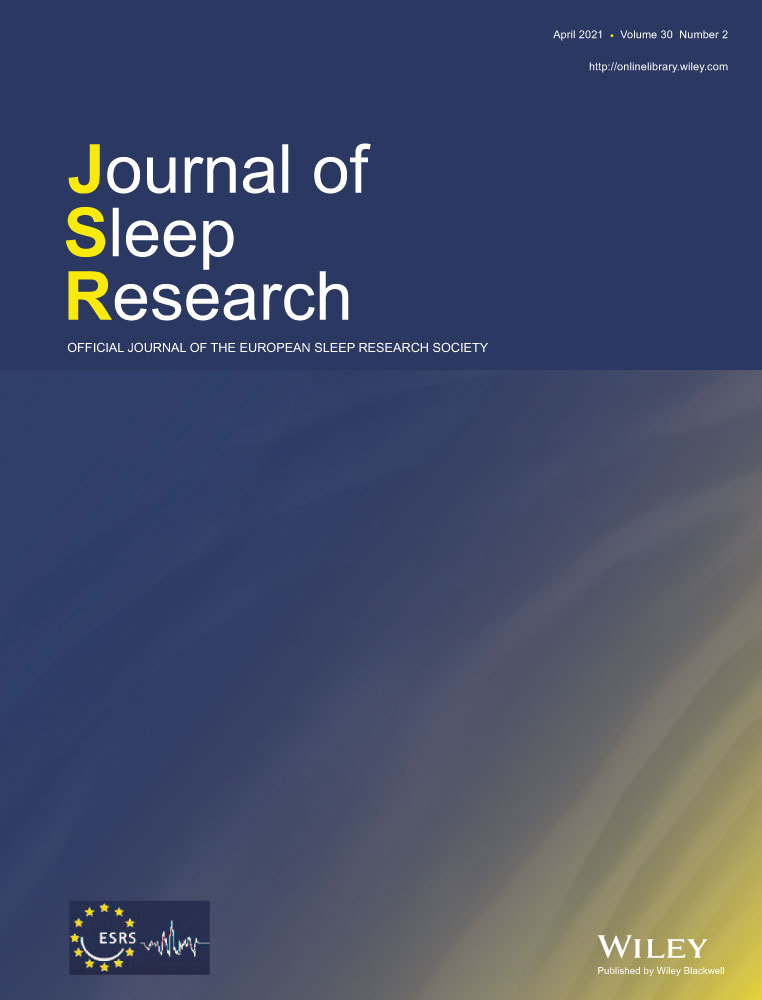Spectral sleep electroencephalographic correlates of sleep efficiency, and discrepancies between actigraphy and self-reported measures, in older men
Funding information
The Osteoporotic Fractures in Men (MrOS) Study is supported by National Institutes of Health funding. The following institutes provide support: the National Institute on Aging (NIA), the National Institute of Arthritis and Musculoskeletal and Skin Diseases (NIAMS), the National Center for Advancing Translational Sciences (NCATS), and NIH Roadmap for Medical Research under the following grant numbers: U01 AG027810, U01 AG042124, U01 AG042139, U01 AG042140, U01 AG042143, U01 AG042145, U01 AG042168, U01 AR066160 and UL1 TR000128. The National Heart, Lung, and Blood Institute (NHLBI) provides funding for the MrOS Sleep ancillary study “Outcomes of Sleep Disorders in Older Men” under the following grant numbers: R01 HL071194, R01 HL070848, R01 HL070847, R01 HL070842, R01 HL070841, R01 HL070837, R01 HL070838, and R01 HL070839. SFS is supported by K01MH112683.
Abstract
Discrepancies between actigraphic and self-reported sleep measures are common. Studies of people with insomnia, in whom both sleep disturbances and discrepancy are common, suggest disturbances and discrepancy reflect differences in the sleeping brain's activity measurable using spectral electroencephalogram (EEG). Disentangling effects of discrepancy and disturbance on sleep EEG could help target research on the consequences and treatments of different sleep phenotypes. We therefore categorized participants in a cohort study including 2,850 men (average age = 76 years, standard deviation = 5.5) into four groups using median splits on actigraphic and self-reported sleep efficiency (SE). We compared spectral power between these groups in 1-Hz bins up to 24 Hz. Compared with the concordant-high SE group: (a) the group with high actigraphic and low self-reported SE had higher spectral power from 11–15 Hz across the night; (b) both groups with low actigraphic SE had higher power across the 15–24 Hz range, predominantly in early cycles, and greater slow frequency power in later cycles. These findings suggest that perceived wakefulness undetected by actigraphy may result from or drive activity corresponding to spindles. We also found, consistent with hyperarousal models, that low SE detectable via actigraphy was related to higher frequency power in the beta range; actigraph-measured inefficiency was also associated with later slow oscillations, potentially representing attempts to dissipate homeostatic drive elevated from earlier hyperarousal. These distinct spectral EEG markers (of low SE measured with actigraphy vs. low perceived SE that is not captured by actigraphy) may have different causes or consequences.
CONFLICT OF INTEREST
The authors have no conflicts of interest to declare.




